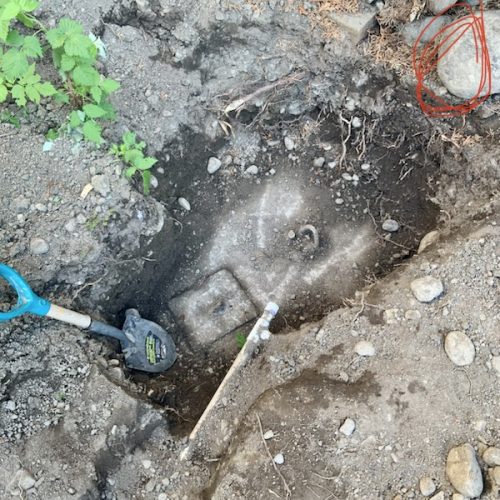Septic Tank Replacements: Everything You Need to Know Before You Dig
Replacing a septic tank is a significant home improvement project that requires careful planning and consideration. Here’s a comprehensive guide to help you navigate the process:
Understanding Septic Systems
A septic system is a self-contained wastewater treatment system commonly used in areas without centralized sewer systems. It consists of a septic tank and a drain field (or leach field). The septic tank collects and breaks down solid waste, while the drain field disperses the treated water into the soil.
When to Replace Your Septic Tank
There are several signs that indicate it’s time to replace your septic tank:
- Pooling Water or Sewage: If you notice standing water or sewage around your drain field, it could indicate a problem with your septic system.
- Foul Odors: Persistent unpleasant odors around your property may suggest that your septic tank is not functioning properly.
- Slow Drains: If your drains are slow to empty or frequently clog, it could be a sign that your septic tank is full or malfunctioning.
- Age of the System: Septic tanks typically last 20-30 years. If your system is old, it may be time to consider replacement.
Steps to Replace Your Septic Tank
- Consult a Professional: It’s essential to hire a licensed septic system contractor to assess your current system and provide recommendations.
- Obtain Permits: Check with your local health department or environmental agency to determine the necessary permits for septic tank replacement.
- Choose the Right System: Work with your contractor to select the appropriate type of septic system for your property, considering factors such as soil type, water table, and local regulations.
- Schedule the Replacement: Plan the replacement during a time when you can be away from home, as the process can take several days.
- Excavation: The contractor will excavate the area around your existing septic tank and drain field to remove the old system.
- Install the New System: The new septic tank and drain field will be installed according to the design specifications.
- Backfill and Restore: Once the new system is in place, the contractor will backfill the excavation and restore the area to its original condition.
Cost of Septic Tank Replacement
The cost of replacing a septic tank can vary widely depending on several factors, including the size and type of system, labor costs, permits, and site accessibility. On average, homeowners can expect to spend between $6,000 and $20,000 for a complete replacement1. It’s important to get multiple quotes from contractors to ensure you’re getting a fair price.
Maintenance and Upkeep
After replacing your septic tank, it’s crucial to maintain the system to ensure its longevity and proper functioning:
- Regular Inspections: Have your septic system inspected and pumped every 3-5 years.
- Proper Usage: Avoid flushing non-biodegradable items, such as wipes, feminine hygiene products, and grease, down the drain.
- Water Conservation: Reduce water usage to prevent overloading the system.
Environmental Considerations
Septic tank replacements can have environmental impacts, so it’s important to follow best practices:
- Proper Disposal: Ensure that the old septic tank and materials are disposed of properly.
- Eco-Friendly Systems: Consider installing an eco-friendly septic system, such as a composting toilet or a greywater recycling system, to reduce environmental impact.
Conclusion
Replacing a septic tank is a major undertaking, but with proper planning and professional assistance, it can be done smoothly and efficiently. By understanding the process and taking the necessary steps, you can ensure a successful replacement and maintain a healthy septic system for years to come.

